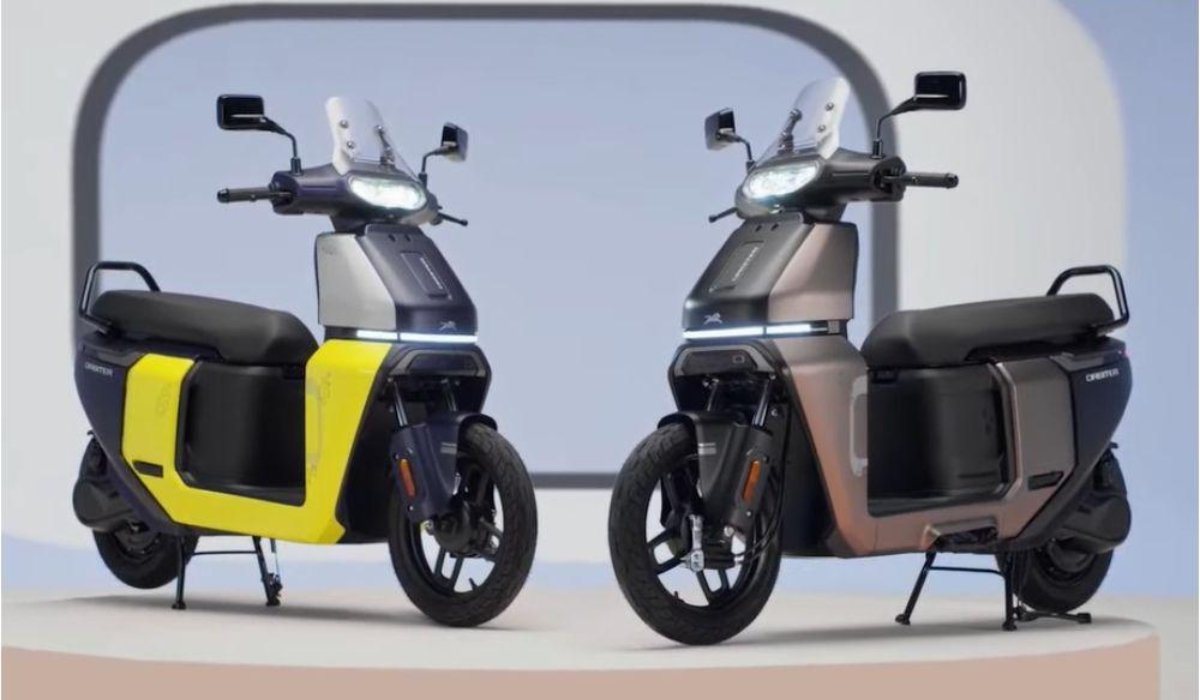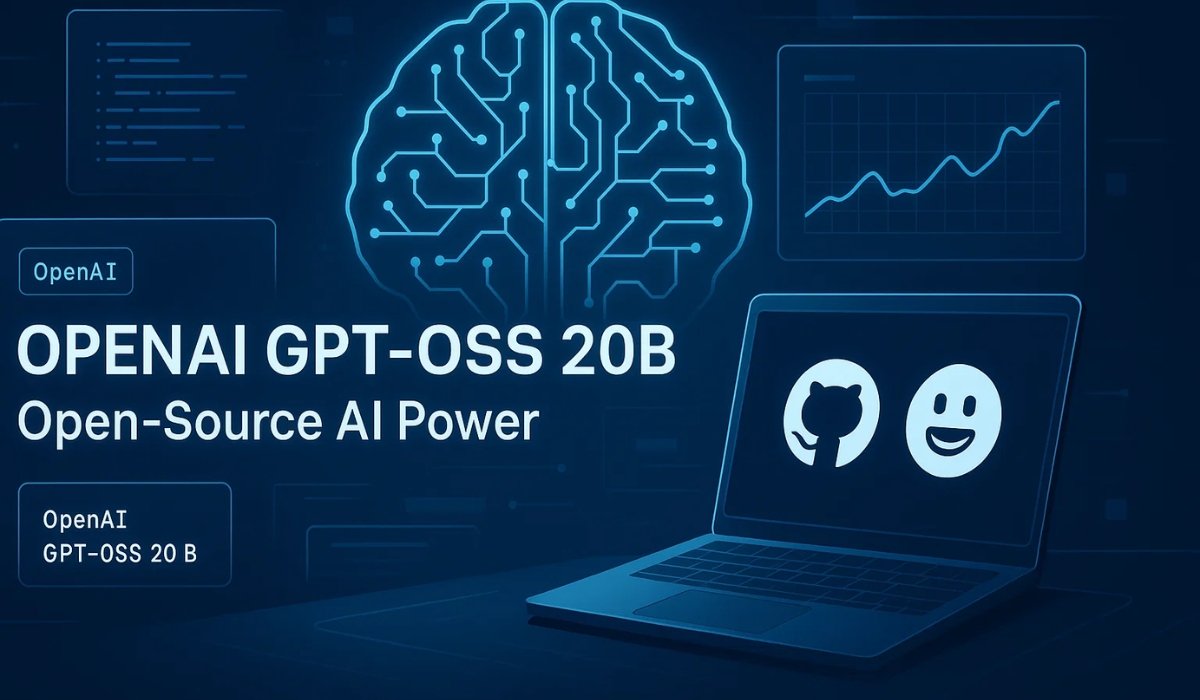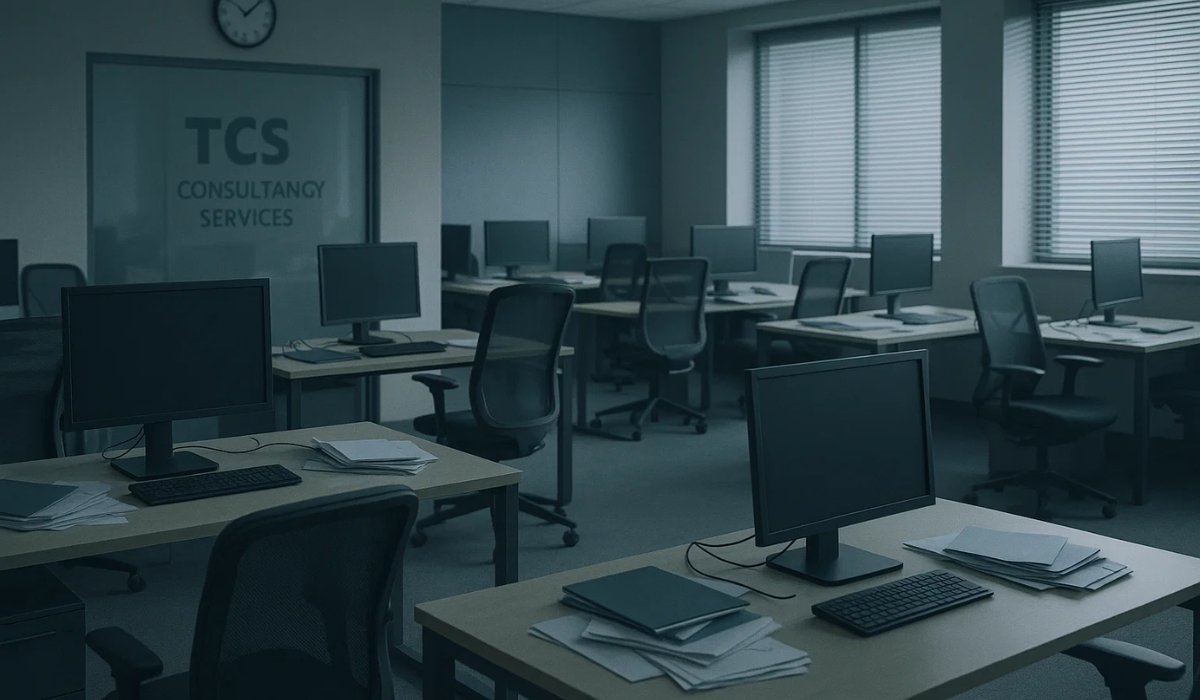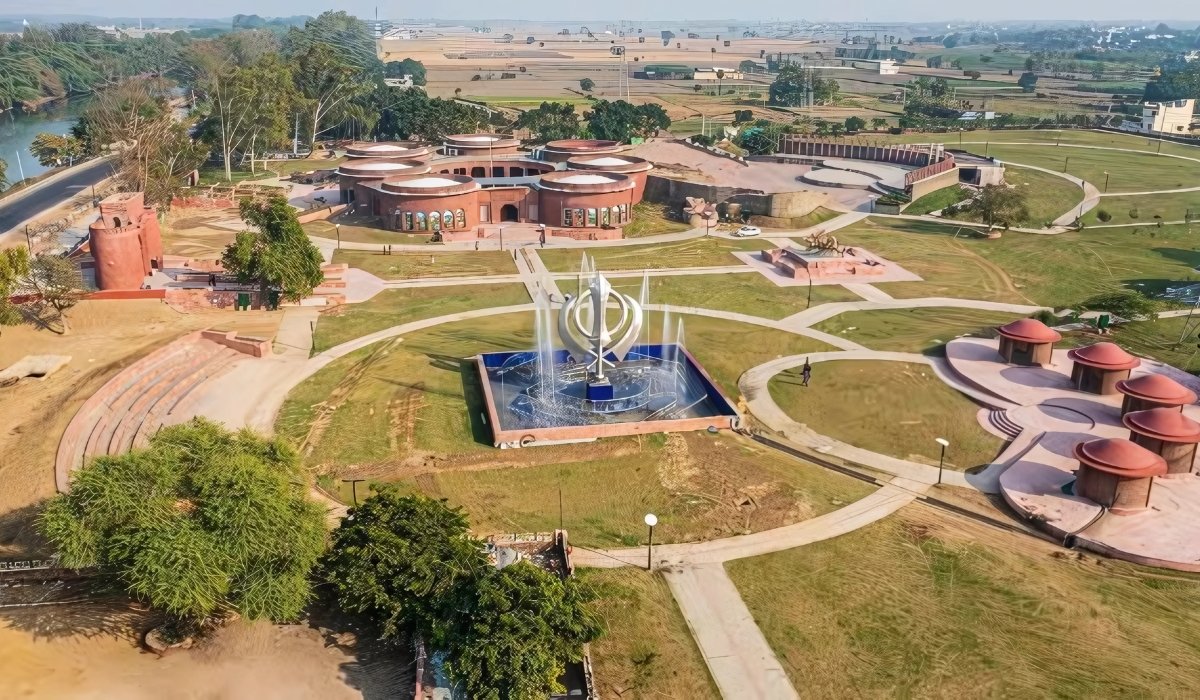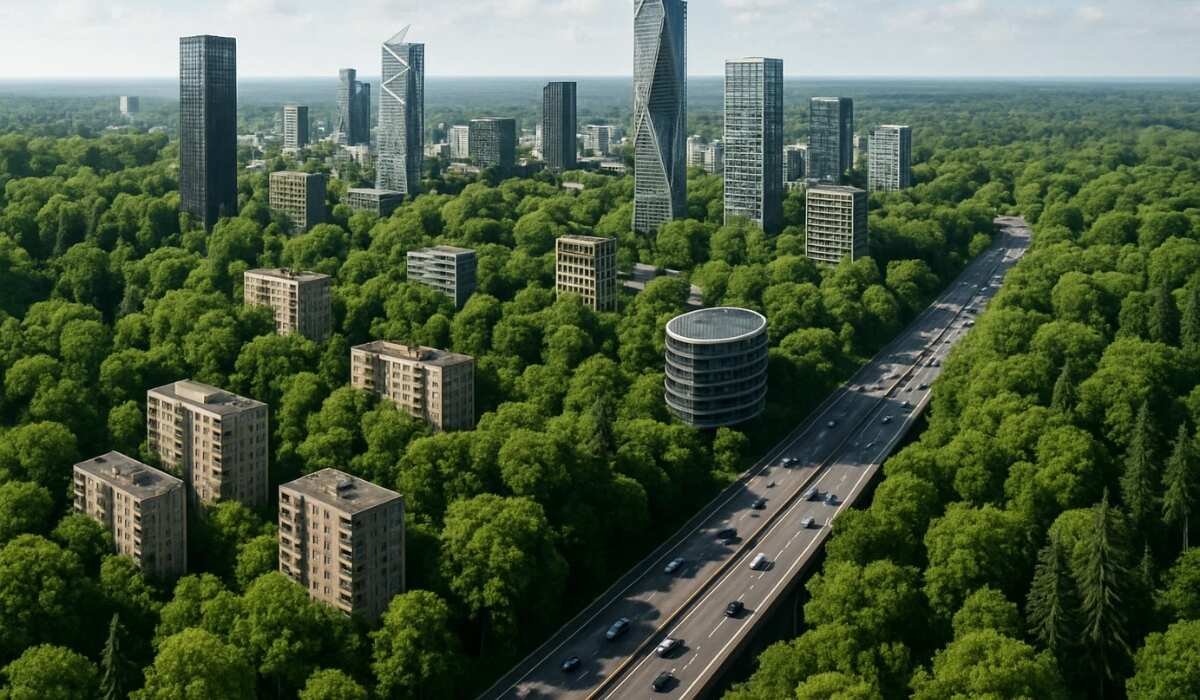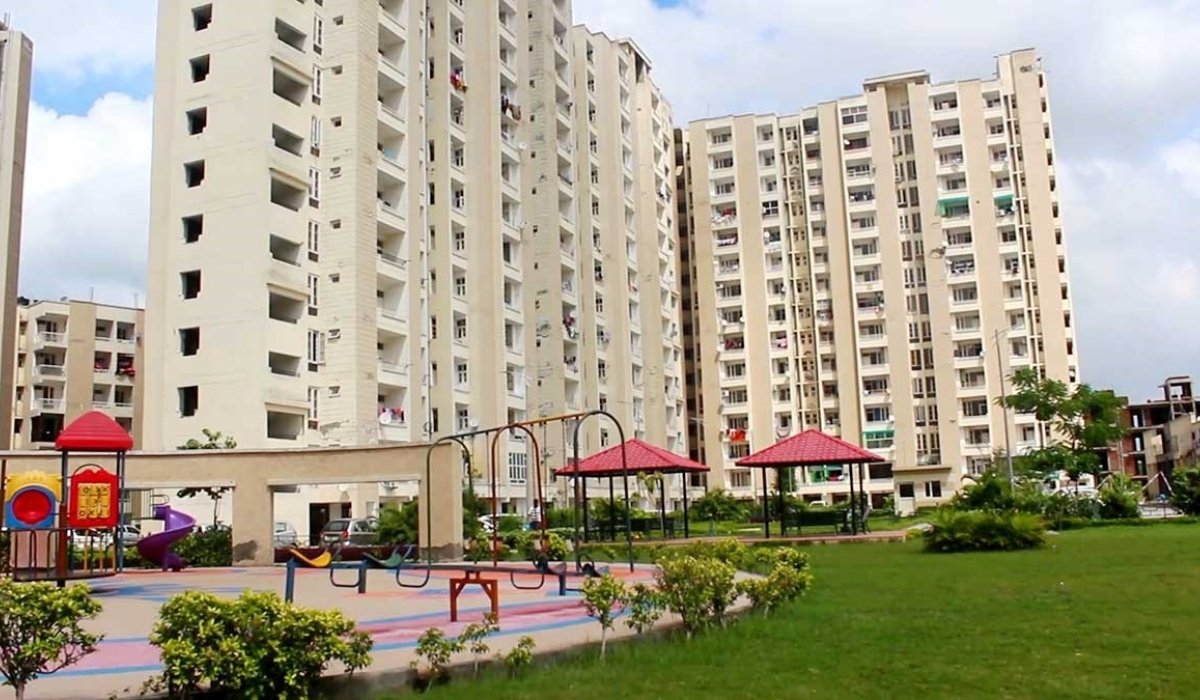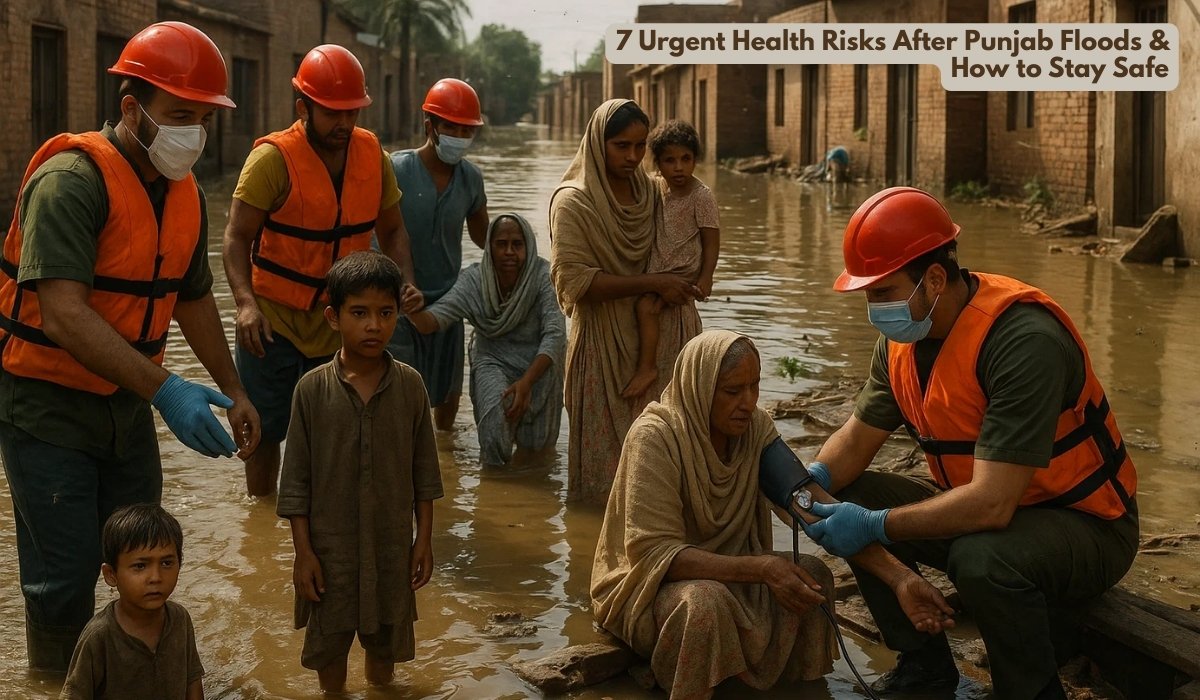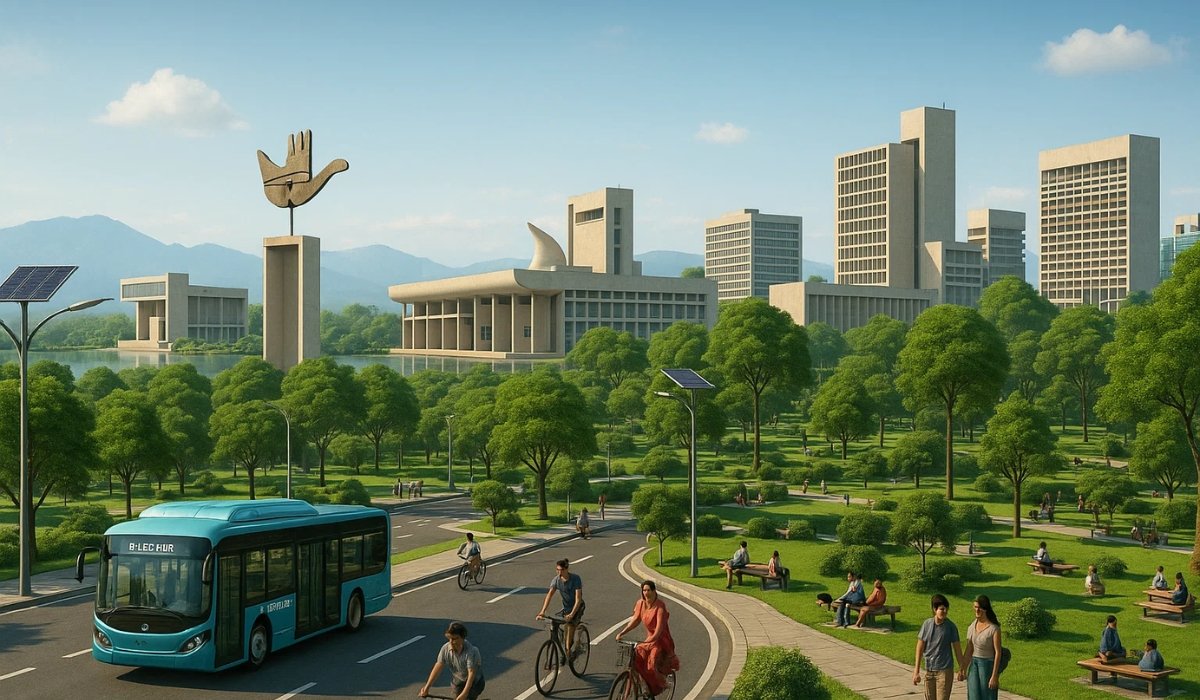India’s economy is grappling with soaring inflation, raising serious concerns among policymakers, businesses, and consumers. The Reserve Bank of India (RBI) is struggling to strike a balance between economic growth and inflation control through its monetary policy. Despite efforts to stabilize the market, the cost of essential goods and services continues to rise, affecting millions.

1. Understanding Inflation and Monetary Policy
Inflation and monetary policy play a critical role in shaping India’s economic landscape. Let’s break down these concepts for a better understanding.
What is Inflation?
Inflation refers to the rate at which the overall price level of goods and services increases over time. When inflation rises, the purchasing power of money declines, meaning that people can buy fewer goods and services with the same amount of money.
For example, if the inflation rate is 5%, something that costs ₹100 today will cost ₹105 next year. A moderate level of inflation is normal in a growing economy, but excessive inflation can lead to economic instability.
What is Monetary Policy?
Monetary policy refers to the strategies and actions taken by a country’s central bank—the Reserve Bank of India (RBI) in India’s case—to regulate the money supply, interest rates, and credit availability in the economy. The goal of monetary policy is to ensure price stability, control inflation, and support economic growth.
How Does Monetary Policy Control Inflation?
The RBI uses various tools to manage inflation and maintain economic stability:
- Adjusting Interest Rates (Repo Rate & Reverse Repo Rate)
- Repo Rate: The rate at which the RBI lends money to commercial banks. Increasing the repo rate makes borrowing costlier, reducing money circulation and controlling inflation.
- Reverse Repo Rate: The rate at which the RBI borrows money from banks. Increasing it encourages banks to deposit more money with the RBI, reducing liquidity in the market.
- Controlling Money Supply
- The RBI uses measures like Cash Reserve Ratio (CRR) and Statutory Liquidity Ratio (SLR) to regulate how much money banks must hold in reserve, influencing how much they can lend to businesses and consumers.
- Open Market Operations (OMO)
- The RBI buys or sells government securities in the open market to influence liquidity. Selling securities absorbs excess money, controlling inflation, while buying them injects money into the economy.
- Credit Control Measures
- The RBI can impose credit restrictions on specific sectors to curb excessive lending and speculative activities, preventing inflationary pressures.
2. The Shocking Surge in Inflation in 2025
India’s inflation rate has witnessed an unprecedented rise in 2025, driven by a combination of domestic and global factors. This surge has significantly impacted the cost of living, business operations, and economic stability. Let’s explore the key reasons behind this inflationary spike.
Here’s the information structured in a table format for better clarity:
| Factors Contributing to Inflation in 2025 | Details |
|---|---|
| 1. Fuel Price Hike | – Rising crude oil prices have significantly impacted inflation. – India’s reliance on oil imports makes it vulnerable to global price fluctuations. – Higher fuel costs increase transportation and production expenses, leading to a rise in essential goods prices. |
| 2. Food Inflation | – Erratic weather patterns, climate change, and extreme temperatures have reduced crop yields. – Prices of vegetables, grains, and dairy have surged due to lower supply. – Supply chain disruptions, including transport strikes and logistical inefficiencies, have further escalated food costs. |
| 3. Global Economic Slowdown | – The slowdown in major economies like the US, China, and Europe has impacted India’s exports. – Lower global demand for Indian goods has weakened the rupee’s value. – A weaker rupee increases import costs, adding to inflationary pressure. |
| 4. Fiscal Deficit | – The government has increased spending on subsidies, infrastructure, and social welfare without a proportional revenue rise. – Higher borrowing to meet spending needs has led to an excess money supply, driving inflation. – If unchecked, the fiscal deficit could reduce consumer purchasing power and worsen inflation. |
3. RBI’s Monetary Policy Response: Is It Working?
With inflation surging in 2025, the Reserve Bank of India (RBI) has implemented several monetary policy measures to control rising prices and stabilize the economy. However, the effectiveness of these measures remains a topic of debate.
Key Monetary Policy Actions Taken by the RBI
1. Increased Repo Rate
- The repo rate is the interest rate at which the RBI lends money to commercial banks.
- By increasing the repo rate, borrowing becomes more expensive for banks, leading to higher loan interest rates for businesses and consumers.
- This discourages excessive borrowing and spending, reducing demand and ultimately slowing down inflation.
- However, higher interest rates can also slow down economic growth, making it a challenging trade-off.
2. Cash Reserve Ratio (CRR) Adjustments
- CRR is the percentage of total deposits that banks must keep with the RBI as reserves.
- By increasing the CRR, the RBI ensures that banks have less money available to lend, effectively reducing liquidity in the market.
- This helps in controlling inflation, but it can also make credit less accessible to businesses and individuals, slowing down investment and consumption.
3. Open Market Operations (OMO)
- The RBI uses OMO to regulate liquidity by selling government securities in the market.
- When the RBI sells securities, investors and banks purchase them, reducing the amount of money circulating in the economy.
- This helps absorb excess cash, which in turn lowers inflationary pressure.
- However, aggressive OMO sales can reduce market liquidity too much, leading to lower economic activity.
Is RBI’s Monetary Policy Working?
The effectiveness of these measures depends on multiple factors:
✅ Positive Impacts:
- Inflation has moderated slightly in certain sectors, particularly non-essential goods.
- The rupee has stabilized, preventing further depreciation that could worsen inflation.
❌ Challenges & Concerns:
- High interest rates may slow down economic growth, making loans expensive for businesses and individuals.
- Food inflation, driven by supply-side factors (weather, logistics), is less responsive to monetary policy.
- The global economic slowdown is reducing export demand, adding further pressure on the economy.

4. Government’s Strategy to Tackle Inflation
To counter the surge in inflation in 2025, the Indian government has adopted both short-term and long-term measures. These strategies aim to control price rises, stabilize the economy, and protect consumers and businesses from financial distress.
Here’s the information structured in a table format for better clarity:
| Government’s Strategy to Tackle Inflation | Details |
|---|---|
| Short-Term Measures to Control Inflation | |
| 1. Fuel Subsidies | – Temporary subsidies on petrol, diesel, and LPG to ease rising fuel costs. – Helps control transportation costs, preventing a surge in essential goods prices. – Excessive subsidies may increase the fiscal deficit, causing long-term economic challenges. |
| 2. Essential Commodity Price Control | – Regulation of food prices (wheat, rice, pulses, edible oils) to avoid price spikes. – Export restrictions and lower import duties on essential goods. – Stock limits on traders to prevent hoarding. – Strengthening the Public Distribution System (PDS) to provide affordable food to low-income groups. |
| Long-Term Measures to Reduce Inflationary Pressures | |
| 1. Boosting Domestic Production | – Investments in agriculture, manufacturing, and renewable energy to reduce import dependency. – Programs like ‘Make in India’ and farm incentives to increase production. – Higher food production to mitigate food inflation caused by erratic weather conditions. |
| 2. Strengthening Supply Chains | – Addressing transport delays, poor storage, and distribution inefficiencies that contribute to inflation. – Investment in better logistics, warehousing, and cold storage facilities. – Improved infrastructure (roads, rail networks, and digital tracking of goods) to prevent sudden price fluctuations due to supply shocks. |
5. The Impact on Common People and Businesses
The sharp rise in inflation in 2025 has affected both consumers and businesses, making daily life more expensive and business operations more challenging. Let’s examine how different segments of society are coping with inflation.
Impact on Consumers
- Higher Grocery and Fuel Prices
- Everyday essentials like food, vegetables, cooking oil, and dairy products have become costlier.
- Fuel price hikes have led to increased transportation costs, making travel more expensive.
- Families are cutting down on discretionary spending to manage their budgets.
- Rising EMIs and Loan Interest Rates
- The RBI’s decision to increase repo rates has made home loans, car loans, and personal loans more expensive.
- Monthly EMIs (Equated Monthly Installments) have gone up, putting financial strain on middle-class households.
- Many consumers are delaying big purchases due to high borrowing costs.
Impact on Businesses
- Surging Manufacturing Costs
- Rising raw material prices, transportation costs, and labor wages have increased production costs.
- Businesses are either passing on the higher costs to consumers or absorbing losses, reducing their profit margins.
- Small Businesses Facing Expensive Credit & Declining Demand
- Higher interest rates have made borrowing costly, making it harder for small businesses to get loans for expansion.
- With inflation reducing consumers’ purchasing power, demand for non-essential goods and services has declined.
- Many small businesses are struggling to stay afloat due to lower sales and high operational costs.
6. What Lies Ahead: Future Outlook for Inflation and Monetary Policy
The future of inflation in India remains uncertain and highly dependent on multiple factors, including global economic trends, domestic policies, and external shocks. Experts believe that inflation will continue to be volatile in the coming months, requiring a careful balance between monetary and fiscal policies.
Here’s the table format for better readability and structured presentation:
| Future Outlook for Inflation and Monetary Policy | Details |
|---|---|
| 1. Inflation Projections: Will Prices Stabilize? | |
| Global Oil Prices & Geopolitical Risks | – Inflation in India is closely linked to crude oil prices. – Geopolitical conflicts can push oil prices higher, increasing transportation and production costs. |
| Food Price Volatility | – Erratic monsoons, climate change, and supply chain disruptions will influence food inflation. – Stable agricultural production could moderate prices, but shortages may cause spikes. |
| Exchange Rate & Global Economy | – A weak rupee makes imports expensive, raising prices of essential goods. – Improved global economic conditions may boost India’s exports, stabilizing the economy. |
| 2. RBI’s Expected Monetary Policy Actions | |
| Sustained High Repo Rates | – The RBI may keep interest rates high to curb excessive borrowing and spending. – However, prolonged high rates could slow economic growth and job creation. |
| Liquidity Management Measures | – The RBI will continue Open Market Operations (OMO) and CRR adjustments to control money supply. – If inflation remains high, further liquidity-absorbing steps may be taken. |
| Gradual Policy Adjustments | – If inflation declines, the RBI may ease monetary policy slightly. – Policy changes will depend on global economic stability and domestic inflation trends. |
| 3. Government’s Role in Stabilizing Inflation | |
| Subsidy Adjustments | – The government may continue targeted fuel and food subsidies to protect lower-income groups. |
| Infrastructure & Supply Chain Improvements | – Investments in transport, warehousing, and logistics will help reduce supply-side bottlenecks. |
| Boosting Domestic Production | – Programs like ‘Make in India’ and agricultural incentives aim to reduce import dependency and stabilize prices. |

Conclusion: A Tough Battle for India
Inflation and monetary policy are at the core of India’s economic stability. The government and RBI must work together to address both immediate and long-term challenges. As citizens brace for rising costs, the real test lies in the effectiveness of policy measures in restoring economic balance.
Stay tuned for further updates on inflation trends and monetary policy decisions. Visit Chandigarh UT for in-depth analysis and latest news on India’s economy.

